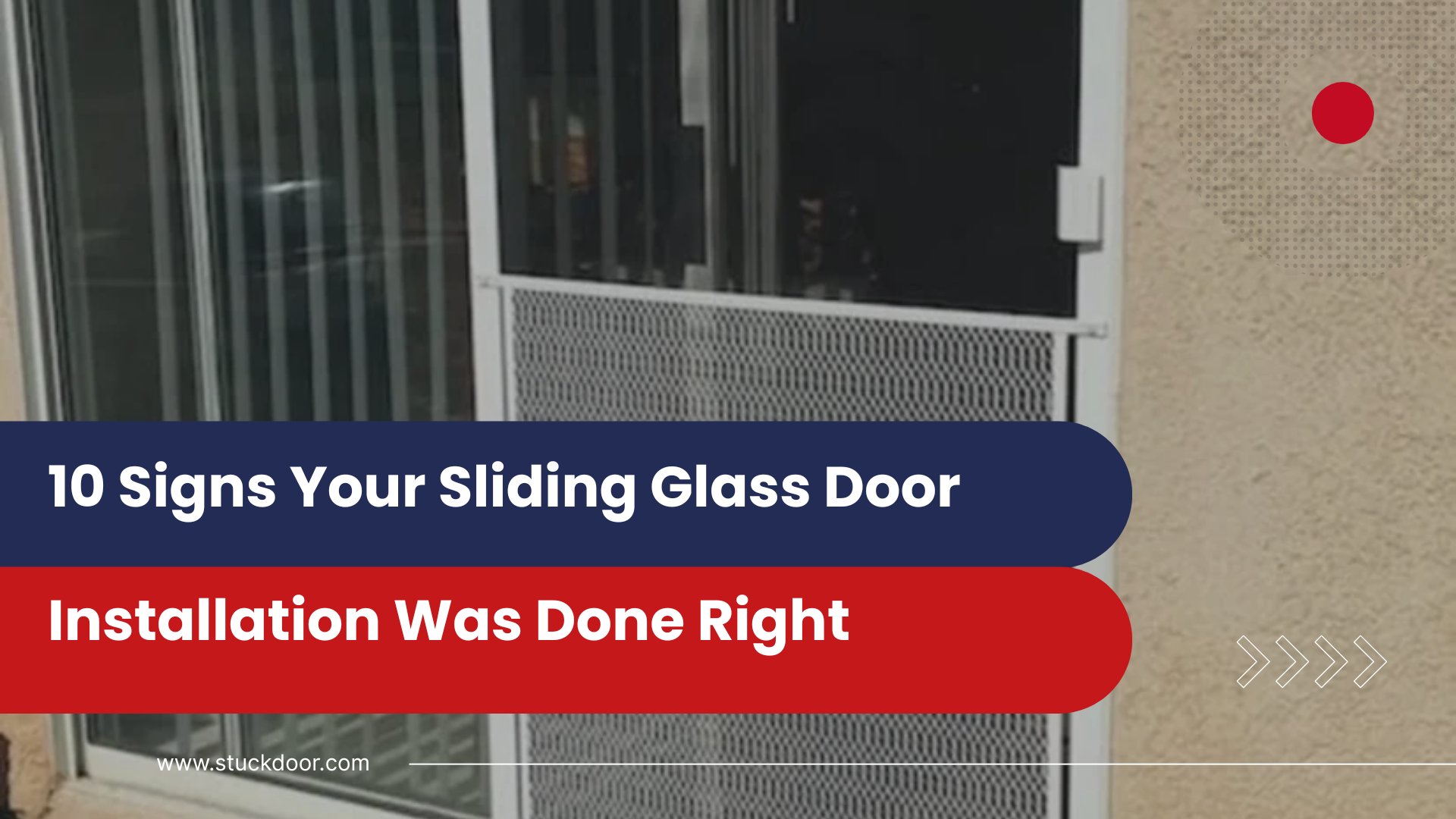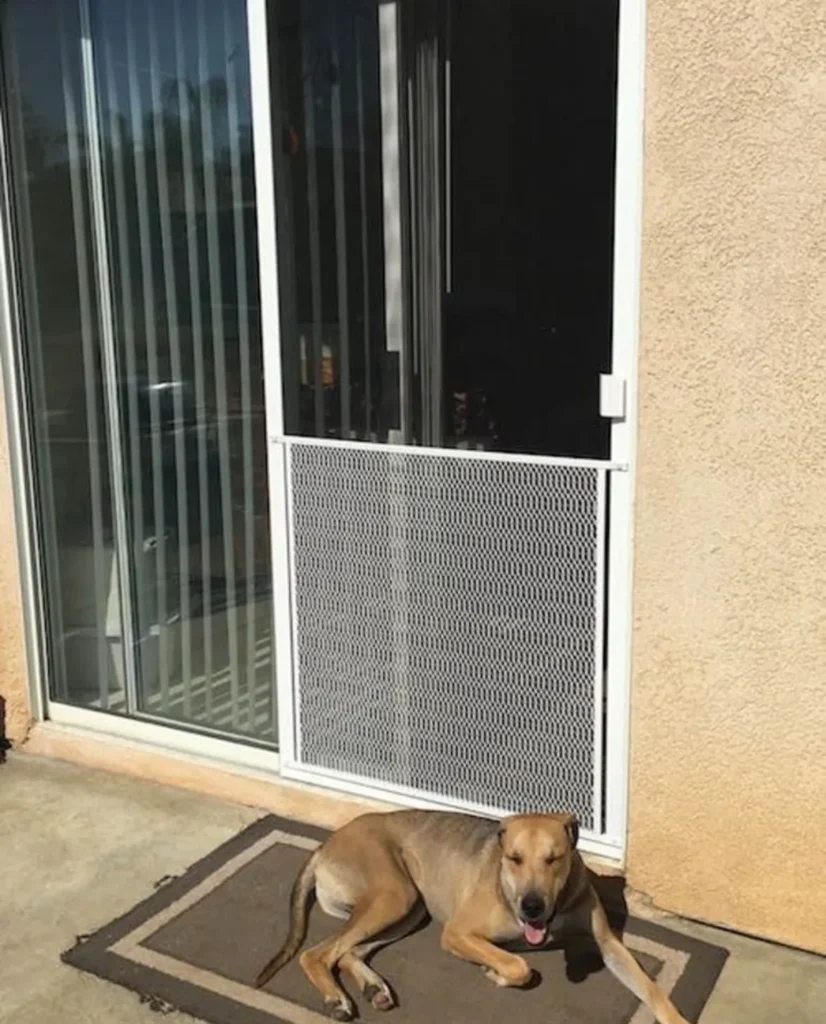

Three months after Mark’s sliding glass door installation, he started noticing small puddles of water on his floor after rainstorms. What began as minor annoyance quickly escalated into thousands of dollars in water damage repairs. The worst part? A quick post-installation inspection would have revealed the improper sealing that caused the problem.
Don’t let this happen to you. Whether your installation was completed yesterday or years ago, knowing how to evaluate proper sliding glass door installation can save you from costly repairs, safety hazards, and energy waste. The difference between professional craftsmanship and shoddy work isn’t always immediately obvious, but the signs are there if you know what to look for.
This comprehensive checklist will help you assess whether your installation meets professional standards or if you need to address potential issues before they become expensive problems. Let’s walk through the telltale indicators that separate quality workmanship from installations that cut corners.
Before diving into specific signs, it’s important to understand that sliding glass door installation affects three critical aspects of your home: structural integrity, weather protection, and safety. Poor installation in any of these areas can lead to expensive consequences that far exceed the original installation cost.
What’s at Stake:
Recognizing quality installation signs helps you address issues early, when fixes are still manageable and affordable.
What Quality Looks Like: Your sliding glass door should glide smoothly with minimal effort, requiring no more than 10-15 pounds of force to open fully. The movement should be consistent from start to finish without binding, sticking, or requiring extra force at any point.
Testing Method:
Red Flags:
Why This Matters: Smooth operation indicates proper alignment of the frame, correct adjustment of rollers, and adequate track preparation. Difficulty in operation suggests alignment issues that will worsen over time and potentially damage the door mechanism.
Professional installation creates uniform gaps between the door frame and surrounding structure, typically 1/4 to 3/8 inch on all sides, properly filled with appropriate materials.
What to Check:
Quality Indicators:
Warning Signs:
Proper weatherstripping installation is crucial for energy efficiency and weather protection. Quality installation ensures complete contact between weatherstripping and door surfaces.
How to Evaluate:
Professional Standards:
Concerns to Address:
A properly installed sliding glass door sits level and square in its frame, with panels that align correctly when closed and track smoothly when opened.
Assessment Techniques:
Quality Indicators:
Red Flags:
Quality hardware installation ensures smooth operation, security, and longevity. All components should be properly fastened, aligned, and functioning as designed.
Hardware Assessment:
Professional Standards:
Warning Signs:
Effective water management is critical for preventing damage. Professional installation includes proper sealing and drainage systems that direct water away from your home.
Water Management Check:
Quality Features:
Concerns:
Professional installation includes comprehensive insulation and air sealing to maximize energy efficiency and comfort.
Energy Efficiency Indicators:
Testing Methods:
Professional Standards:
Safety compliance ensures your installation meets building codes and provides adequate protection for your family.
Safety Requirements:
Verification Steps:
Code Compliance Indicators:
Quality installation includes attention to finishing details that indicate professional craftsmanship and attention to detail.
Finishing Quality Check:
Professional Standards:
Quality Concerns:
Professional installers provide complete documentation, warranties, and maintenance information that protect your investment.
Documentation Standards:
What You Should Receive:
Red Flags:
If your assessment reveals problems with your sliding glass door installation, acting quickly can prevent minor issues from becoming major expenses.
Immediate Action Items:
Timeline Considerations:
Some installation issues require professional assessment to determine the best course of action and ensure proper repairs.
When to Call Professionals:
What Professional Assessment Includes:
Recognizing the signs of proper sliding glass door installation empowers you to protect one of your home’s most important investments. Whether you’re evaluating a recent installation or assessing an older door, these quality indicators help ensure your door provides years of safe, efficient, and trouble-free operation.
Remember, quality installation isn’t just about avoiding problems – it’s about maximizing the benefits of your investment through enhanced security, energy efficiency, and home value. When installation is done right, your sliding glass door becomes a seamless part of your home that enhances your lifestyle rather than creating ongoing concerns.
If your assessment reveals installation issues, don’t wait for problems to worsen. Professional evaluation and timely corrections protect your home and ensure you get the full value from your sliding glass door investment.
Ready to ensure your sliding glass door installation meets professional standards? Visit StuckDoor.com to connect with certified professionals who guarantee quality workmanship and stand behind every installation with comprehensive warranties and ongoing support.
Stuck Door helps fix and install sliding doors in Winter Garden, Clermont, Windermere, and across Central Florida. Our friendly expert technicians have years of experience making sure homes and businesses have reliable doors that work perfectly.
Windermere • Doctor Phillips • Lake Nona • Winter Garden • Clermont • Minneola • Groveland • Ocoee • Apopka • Winter Park • Maitland • Kissimmee • Horizon West • Altamonte Springs
Sliding glass door experts, built for Florida homes—call us today.